You might be looking for opportunities to get backlinks for your site or your client’s site; you might have come across a good deal. A deal that might have been too good to be true.
Is your freelance contact offering you a chance to increase your domain authority and rankings easily and with little money?
Is your SEO agency presenting you with a report with an enormous number of backlinks created in a very short time, and that too with exemplary results? You are now doubtful that the agency might have used some shortcuts.
If you are looking for ways to find out if you have been linked to a PBN, this post is for you.
I will show you some tricks that PBNs use and that you can easily identify. I am going to use Pbn site examples.
Please note that each of these methods should not be used in isolation. You should consider all the factors when identifying PBNs.
What’s in this article:
PBNs: Short Description, Motive and Modus Operandi
PBN, or a Private Blog Network, is a network of websites designed to manipulate PageRank. Since backlinks pass PageRank, the network is designed to pass on the link equity between controlled domains and finally to the desired website (yours).
This method sometimes helps SEO agencies and webmasters inflate metrics such as DA/DR quickly and show fake progress to their clients in the name of results. Using PBN to manipulate search engine rankings is a black-hat SEO method.
Since the network requires creators to create many websites, they often lack quality, and the websites are similar in many aspects. There are some defining characteristics that you can look out for. We are going to show you these here, with an example.
Search engines such as Google have explicitly stated that they can now detect such methods and link schemes, which may lead to manual penalties—meaning ranking for queries and organic traffic gone for a few good months.
Even if PBN works, and sometimes it does, the effect is only short-lived. It takes a lot of resources and energy to recover from such a penalty or lost rankings.
If you have received a request to place a link on your site, you should read my post, which has a checklist for auditing guest posts/link insertion email requests.
Picking referring domains for analysis
The goal is to pick some websites and run them through a checklist.
If you have a list of domains, you can easily cherry-pick. For this, check out the bonus content around the end of this page.
If you do not have any list and want to check if you have been linked to a PBN, then do this:
See the domain backlink profile for which you want to check for PBN. Pick out some domains where you see that DA/DR is high, traffic is comparatively less, fewer keywords are ranking in the top 100, and page traffic is close to 0. These are usually the most common characteristics of a domain linked to a PBN or bad backlinks.
Consider an example domain: shasanahmed.com
In Ahrefs, this is how I usually do it:
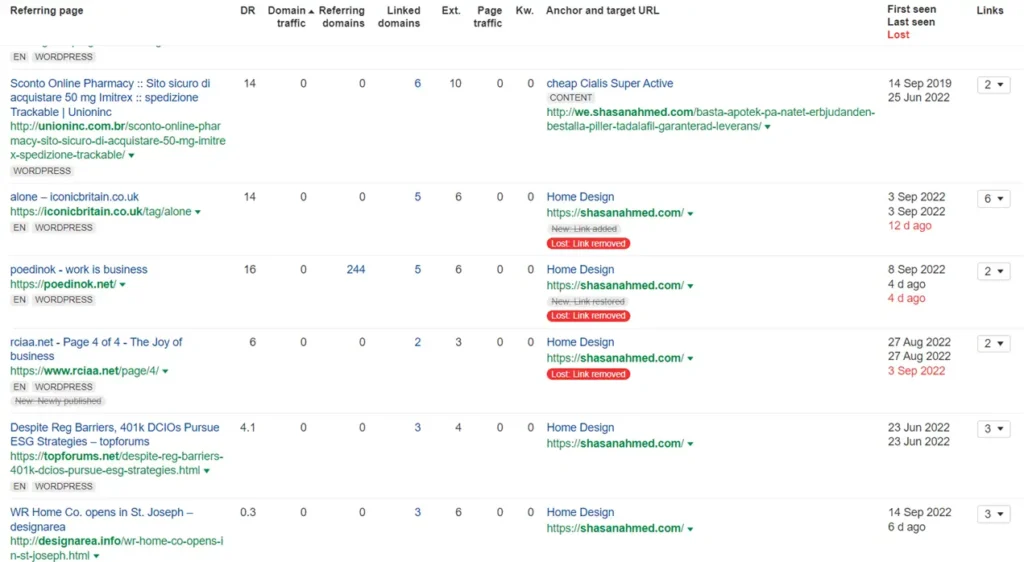
Sorted using the domain traffic column (low to high). I generally keep the backlink history to the max level since it is a common practice for PBNs to de-link when manipulating authority has been achieved. Keeping the backlinking history on makes it easier to identify and connect the dots.
Consider the backlinks of our suspect domain (shasanahmed):
- Iconicbritain.co.uk
- Poedinok.net
- Rciaa.net
- designarea.info
I have taken these four domains in the interest of time and space. As an exercise, you can analyze them further and compare them with the checklist below.
Analyzing Domains to Check if They Are a Part of a PBN
Now that you have some domains, you can run simple tests to determine if they are part of a bigger private blog network.
One thing to note here is that you may not want to decide anything based on a single check or a single factor. You need to look at multiple checks, as discussed below. Also, a normal domain may pass these checks individually, but it should not pass all if they are a part of PBN.
1. Anchor Text Density
To spot a PBN, you need to check for anchor text density. While analyzing the backlink profile of these domains, look at the anchor text on which backlinks for the subject domain (shasanahmed) have been made.
In this particular case, you can see a lot of “home design” there. While SEO agencies try to get backlinks for a particular keyword they want to rank on, the exact anchor text is not repeated this number of times. Getting backlinks with a healthy mix of primary keywords and related queries is a common practice.
What’s unnatural here is the anchor text density. It is quite probable that the majority of times, ‘home design’ is used because they wanted this domain to rank for this keyword/niche/category.
The motive here seems clear. They want to pass on authority from this domain to another domain, which may well want to rank for queries related to the home design niche.
2. Visual Cues
Take a look at the header and footer of these domains:
Domain 1: Iconicbritain.co.ukHeader & Menu:
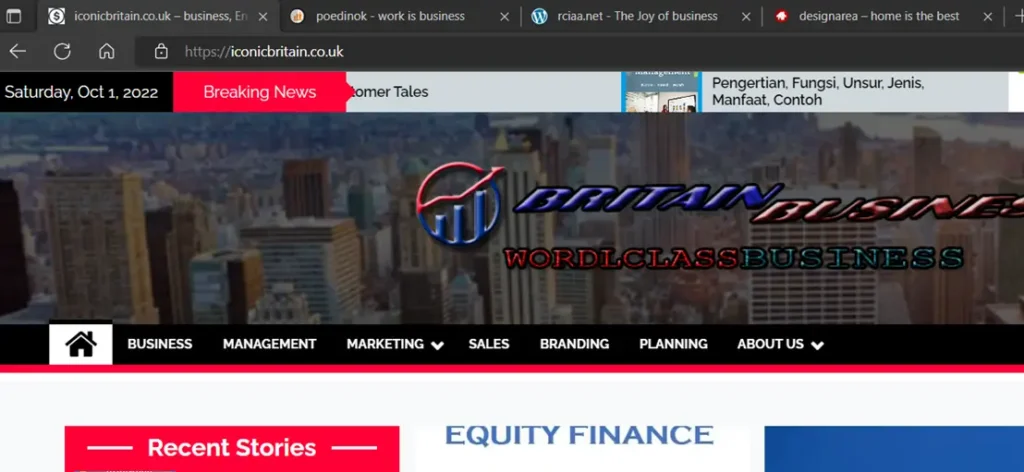
Footer:

Domain 2: Poedinok.netHeader & Menu:
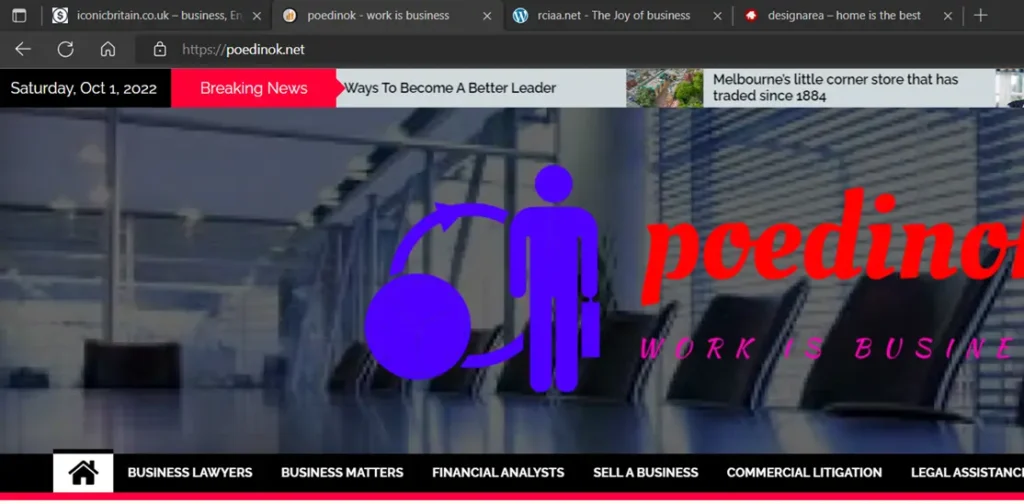
Footer:

Domain 3: Rciaa.netHeader & Menu of Domain 3:
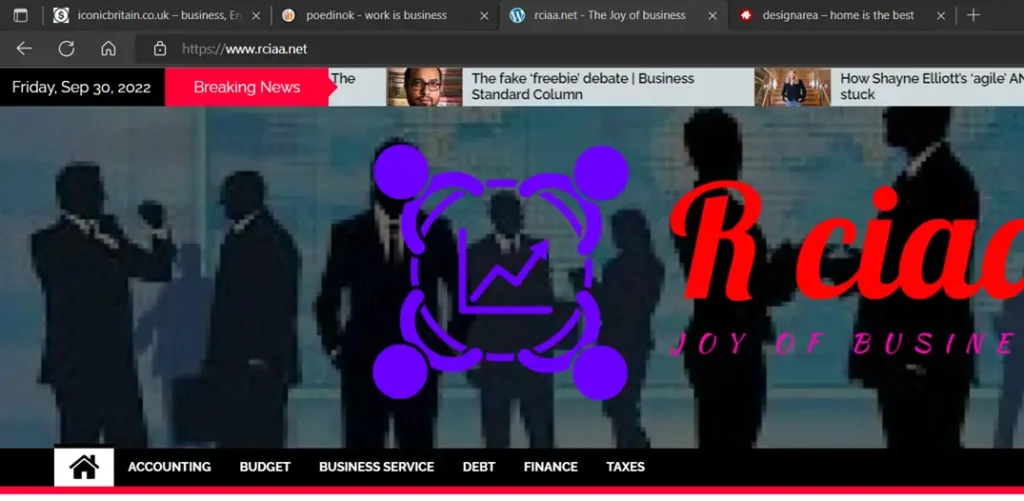
Footer:

Domain 4: Designarea.infoHeader & Menu of Domain 4:
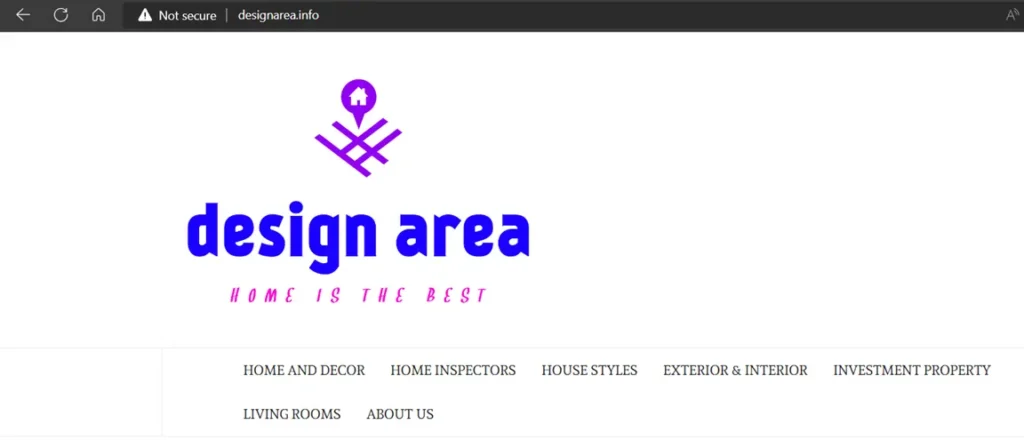
Footer:

See a pattern?
Visual Cues can help you identify most PBNs. This is generally because the owner of the PBN has many domains, and to balance the effort vs. return equation, they do not invest money or time into developing each domain.
You should note that this is not the case with every PBN domain. PBNers have become more competent and generally develop each domain for a purpose other than to manipulate search engine rankings. In such cases, it becomes harder to identify a pattern. But with a cursory investigation, you should be able to conclude that the same team makes all of these domains for the same purpose.
The screenshots above of our example websites show the same theme, color scheme, type of articles, and quality of the banner image.
The last domain seems different, but if you analyze some pages, you will see that it is highly probable that the website was created by the same person who made the other three.
3. Content Quality
The content uploaded on most PBNs is either thin, written by an AI, or spun from original articles. It may also be heavily plagiarized. Additionally, the topics/articles are random, low in number, and do not follow any logic in content strategy.
You can use online tools to check for copy-pasted content (plagiarism checkers) randomly.
If you are unconvinced, you can look at 3-4 pages and analyze their content. You’ll find that the content has weird words (text spun using spin/rewriting tools) or is very high quality compared to other articles on the website (guest posts or copy-paste articles). It can also be short, general text on broad topics (AI-written content).
If you find any of these in a domain, you should not link to it.
4. Keywords Quality & Traffic
On analysis of the four domains we found, you will find that these domains do not have any organic traffic, and there are no keywords for which its pages rank.
These domains in a PBN are used to manipulate the authority of other domains.
There may be cases where you find some traffic and several keywords in organic rankings. But you need to look closer. You will find that most of these keywords would not make sense to you. The traffic that you may be seeing may also be artificially generated.
While a domain may have a good amount of traffic and keywords ranking in the top 100, you should analyze that domain’s backlinks. The four domains mentioned above are linked to a legit domain (name hidden, let’s call it poogle). Poogle has a good DA, DR, traffic, and number of ranking keywords in the top 100. Now, this legit-looking domain – Poogle, is being used to manipulate and provide fake authority to other websites willing to pay a certain amount to the webmaster.
If you analyze Poogle, you may not find many red flags, but if you analyze its backlinks (Iconicbritain.co.uk, Poedinok.net, Rciaa.net, designarea.info & more), you will find the things we discussed above.
5. Same IP Address/Subnets
Many PBN makers do not go through the hassle of hosting every PBN domain on a different server, using a different technology, and buying from different registrars. You can do a batch analysis of linked domains and see any pattern in shared IPs. Though it is reasonable that many domains may share an IP, why would similar-looking domains with similar types of content share the same IP Addresses? You can look at more things like inflated metrics or shared links to bolster your validation.
For these four domains that we analyzed, you can observe a pattern:
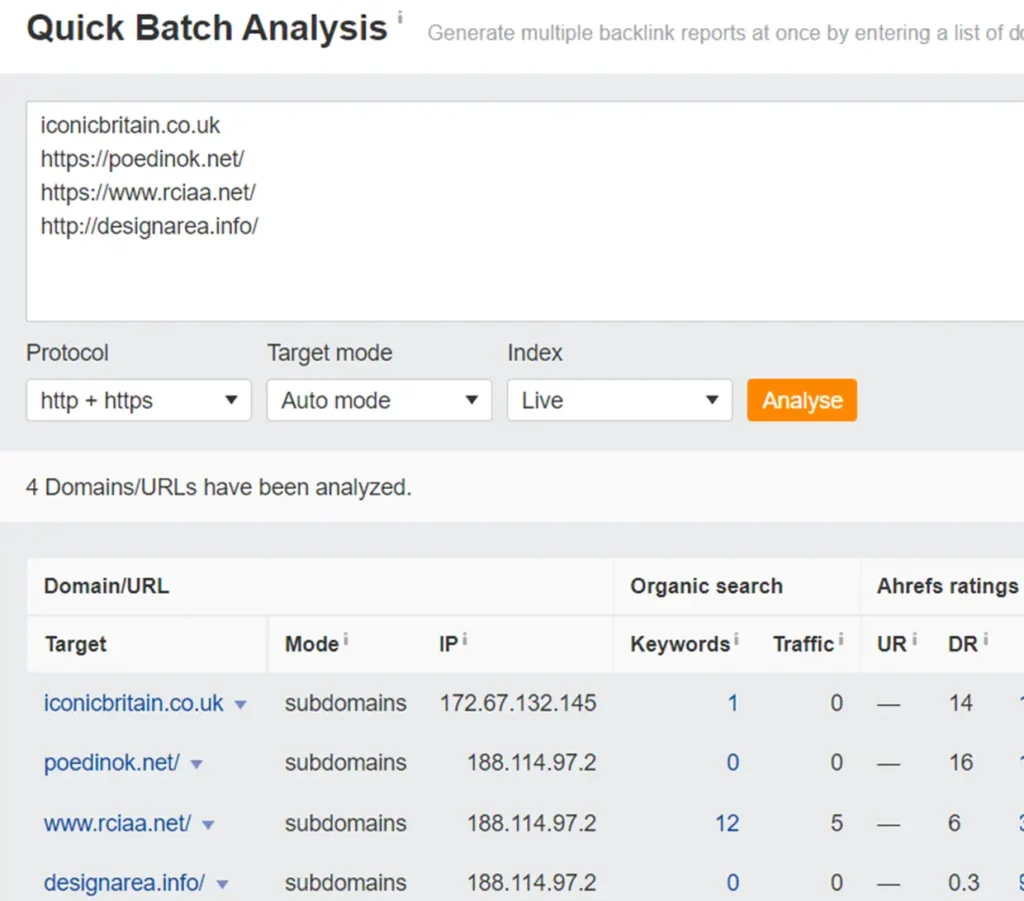
In this particular case, you can always bring up the shared hosting, shared IPs argument but consider all other checks. It would be highly improbable that non-PBN domains share the same IP and design and have inflated metrics.
6. Inflated Metrics
One typical characteristic of a PBN is its inflated metrics, such as DA and DR, but low traffic (historically low). The number of backlinks per referring domain is also unusually high.
This would usually be true for domains linked to domains outside of the PBN (to manipulate their authority in search results).
In our example, DR is not high since these domains serve different purposes. They do not pass on authority to the client site but to another domain in a PBN, similar to a cog in the wheel.
7. Toxic Mutual Friends
Since many domains are interlinked according to the designed scheme, it is unsurprising that you find more spammy domains when you analyze these domains’ incoming external links. You may also find many common referring domains that these domains are linking to or have been linked to. The number will be unusually high.
I used SEMrush to bulk analyze these 4 example domains:

Apart from common domains (not shown here), you will also find an unusually high ratio of dofollow/nofollow links. 99% is usually .. unusual.
—–End of Analysis for how to identify PBN sites—-
Bonus Tip: If you have a list of domains or a list sent to you in your email/LinkedIn inbox…
Then here is how you can quickly pick the domains for analysis:
- Do a batch analysis (at the domain level, not page or path level) in Ahrefs/Semrush/SpyFu or any other tool.
- You should be able to get several total backlinks and referring domains.
- Pick the domains with unusually high backlinks compared to referring domains.
- You can now analyze each domain against the checklist shared in this post or run a thorough analysis by looking at the backlinks, content quality, and SEO metrics.
- This trick works most of the time since PBN domains have a higher number of total backlinks and a lower number of referring domains than usual.
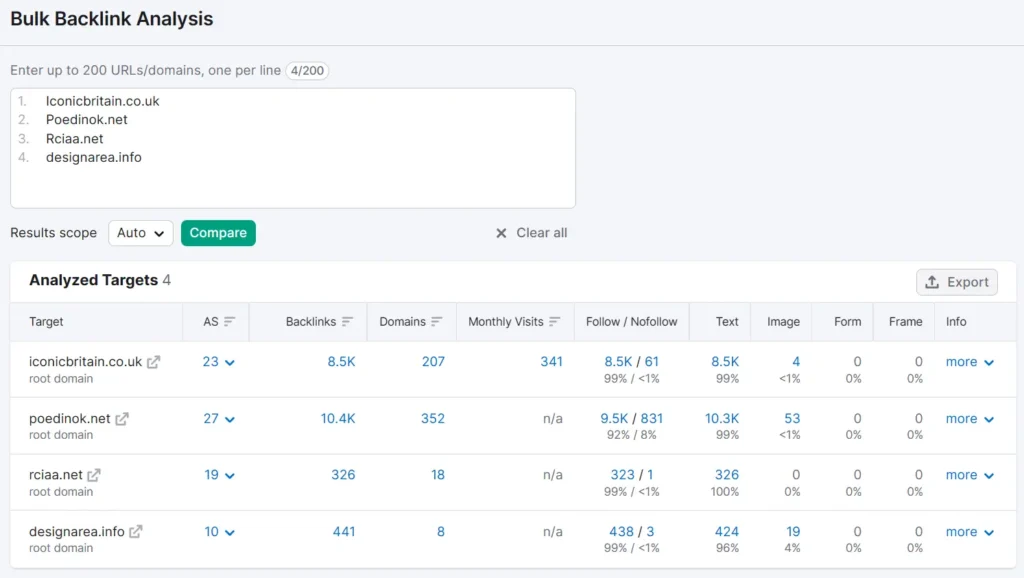
Here, you see that the second domain has an unusually high number of backlinks compared to the referring domains. Even though all of these domains are part of PBN (detailed analysis above), it becomes easy to pick these with a single click.
Please note: Having many backlinks from a single domain does not always mean that a particular domain is part of a PBN. In many cases, the total number of backlinks might be much higher than the number of referring domains.
One good example is linking a particular page to the footer of another domain. This is usually done when business groups have a single privacy policy, T&C, etc., for the whole group but multiple running domains as business units.
Another example where total backlinks might be much higher than referring domains is when a sister domain uses a CDN. If a CDN is operated as a subdomain or part of a parent domain, all the assets of its sister domain are served from it. A third-party tool can show this as multiple backlinks, and you should ignore such cases.
Example: having a total number of backlinks vs. referring domains unusually high is legit:
Here, you might wonder if Thryve is linked to/or a part of a PBN:
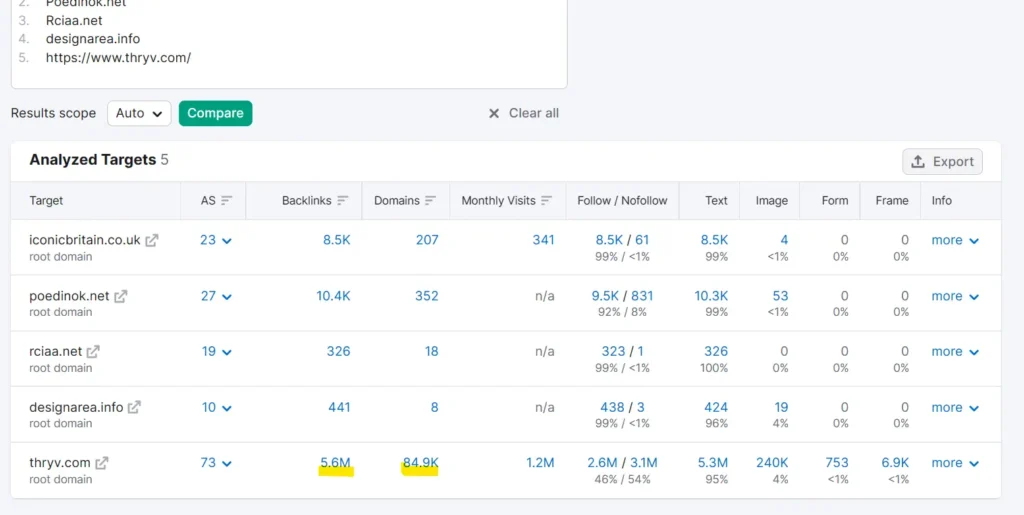
So, you dig deeper and try to see the number of backlinks for each domain. For this, you must see an overview of referring domains linked to your suspected domain. This can be done using backlink analytics -> referring domains tab in SEMrush. See image below for illustration:
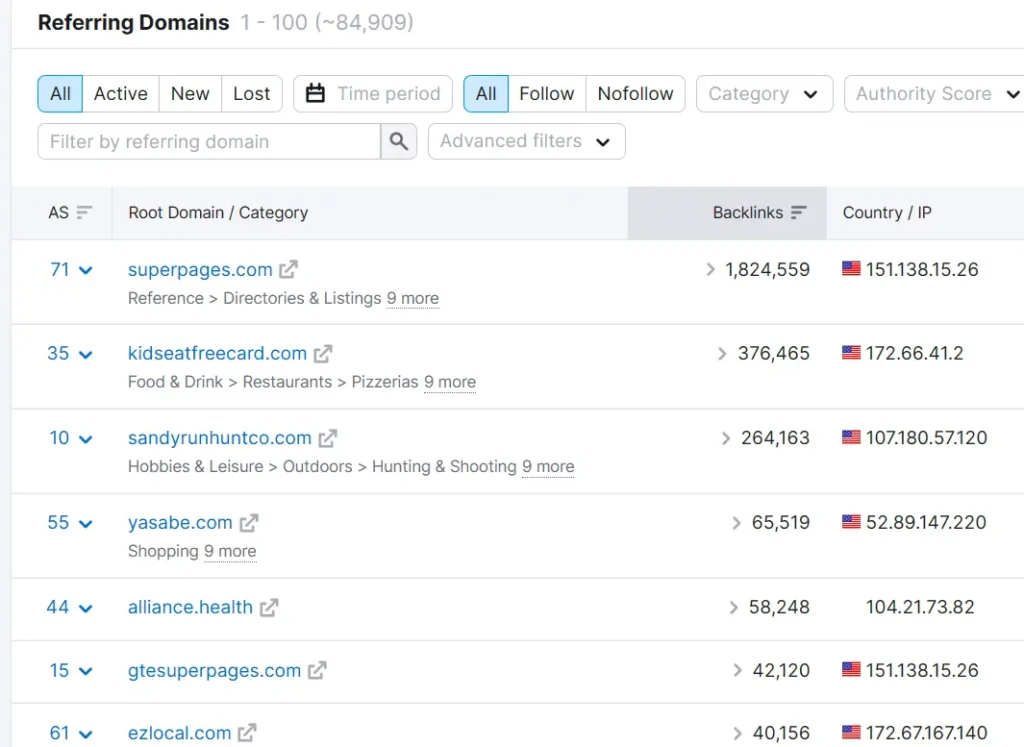
Wondering why a few domains are linking unusually high to our suspect. Here you go:
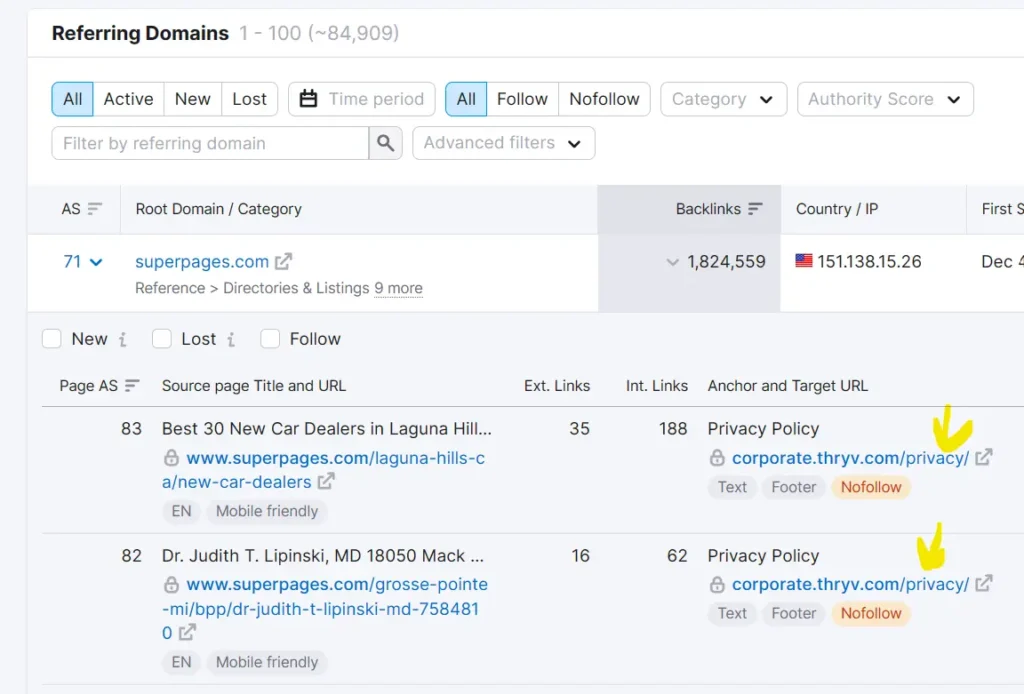
Yeah, so you can remove Thryve from your suspected PBN domain blacklist :). You see, because of the privacy policy page linked to the footer, you saw that unusual number of total backlinks. Marking it as nofollow is also an ideal practice for this type of case.
—–End of Bonus Content—–
Want more Checks for Spotting PBNs?
Here are some more factors. I have mentioned them here separately as these checks were not apparent in our example PBN domains, but they are still relevant.
8. High Number of External Links
While analyzing a particular domain, check if it has an unusual number of external links originating from this domain. Also, keep in mind that domains with a huge number of pages or if they are in that kind of niche might have a high number of external links. This does not mean that they are part of a PBN.
Reason for considering it as a check: Many domains offer free sign-ups and guest posting accounts. They do this so that novices get a free backlink and the webmaster gets content published without incurring any cost. If this is the case, you can also analyze the domain for a sign-up/register page.
Another helpful check is to look at content topics. They will all be different and unrelated, with a promotional external do-follow link.
Sometimes, these PBN domains do not offer sign-ups but have a ‘write for us’ or ‘contact us’ page. They offer guest posting/link exchange with very loose publishing guidelines. Because of this practice, many good domains fall into the trap of becoming part of a PBN.
9. External domains linked on the Homepage
It is agreed that many websites, such as magazines or directories, offer advertisements for brands to feature on the homepage. But this is different.
If you see a low-quality website with a separate section and links to external domains, you should keep it on your PBN suspect list.
You can see in the example image below that a domain has been linked to and listed as a partner in the sidebar of a WordPress blog. Often, these domains will not be remotely related to the niche of the PBN domain.
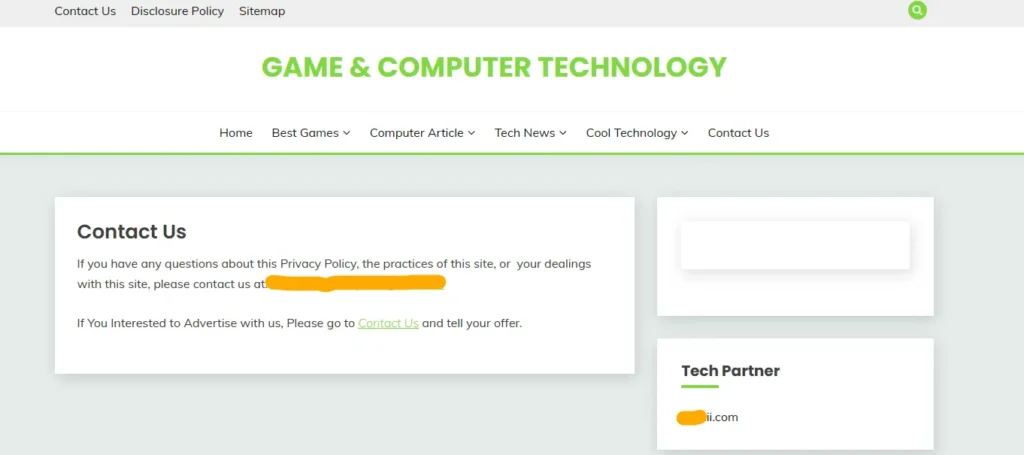
Here is another example of the same practice:

10. Huge Number of Blogspot/WordPress/Google Sites links
While analyzing the backlink profile of any domain, if you see a lot of linked pages hosted on subdomains of sites such a blogger, WordPress, Wix, Google sites, LiveJournal or other microblogging or community sites, you should dig a little deeper.
Please note that high quality content and a high authority website automatically attracts a lot of these kinds of links naturally, so make sure you do your due diligence before putting a domain in your PBN domains bucket.
You can easily tell the difference between an automatic link and artificially generated links by looking at some of these Web 2.0 properties. If the pages contain relevant keywords as anchor text and the content is highly relatable to your domain, then the link might be artificially generated.
On the contrary, automatically generated links do not care about anchors or relatable texts. They are generally created by web scrapers who mindlessly create and link content for a different goal.
These microblogging or free website builder sites are increasingly being used to make Web 2.0 PBNs. They are inexpensive since the hosting is already free. The content is generally spun and placed with the help of automation. These kinds of links are created at scale so that authority can easily pass from subdomains/paths to the money site.
Examples of kinds of a PBN made on Blogspot and Google Sites network:
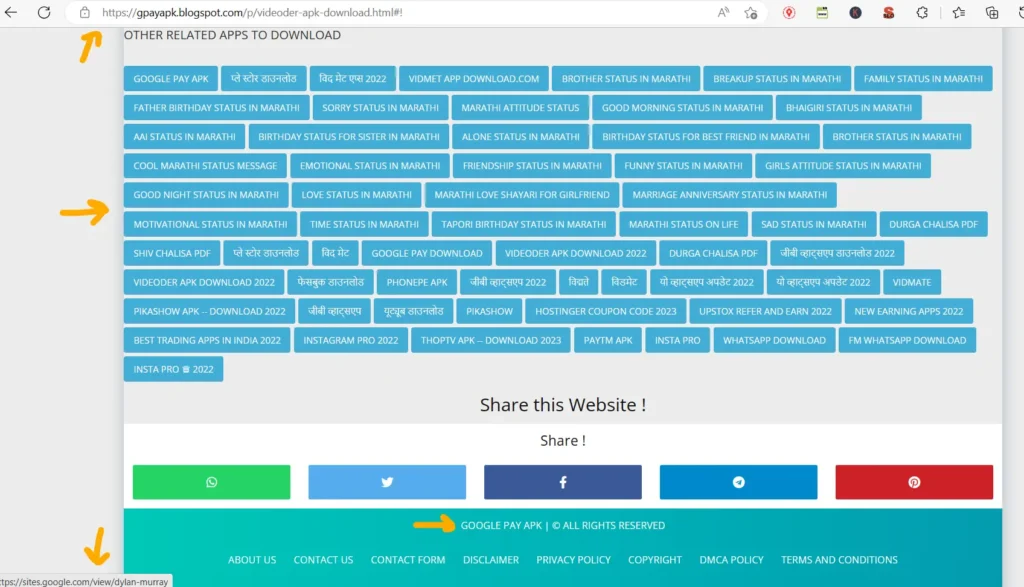
11. Suspicious link network using a visualizer
You can use any tool to see a link graph or a network diagram of backlinks. Try to spot a separate bunch and run the websites under this bunch with other PBN checks.
Now, there will be a lot of bunches that can look like PBNs to you, but you can spot the real ones using other PBN checks mentioned in this post. One of the easiest things to spot is the visual look of the websites under a bunch.
For example, see the network graph of a domain below. You can see a bunch of domains that fall under the definition of a private blog network.
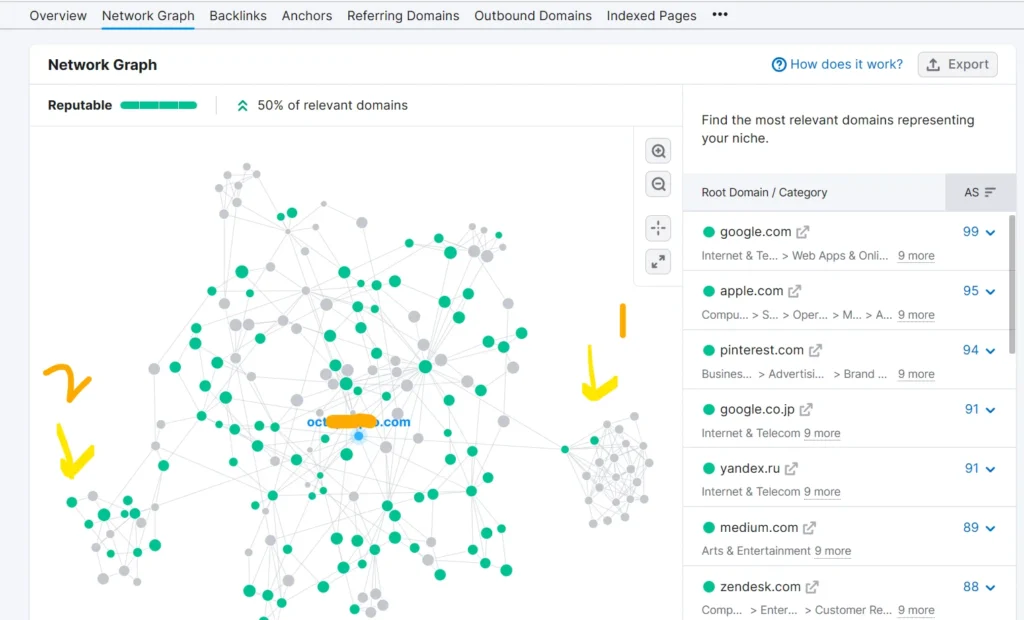
So, if you analyze the domains in the bunches, you can easily find visual cues and other factors that a PBN domain has. And yes, 1st bunch is a PBN.
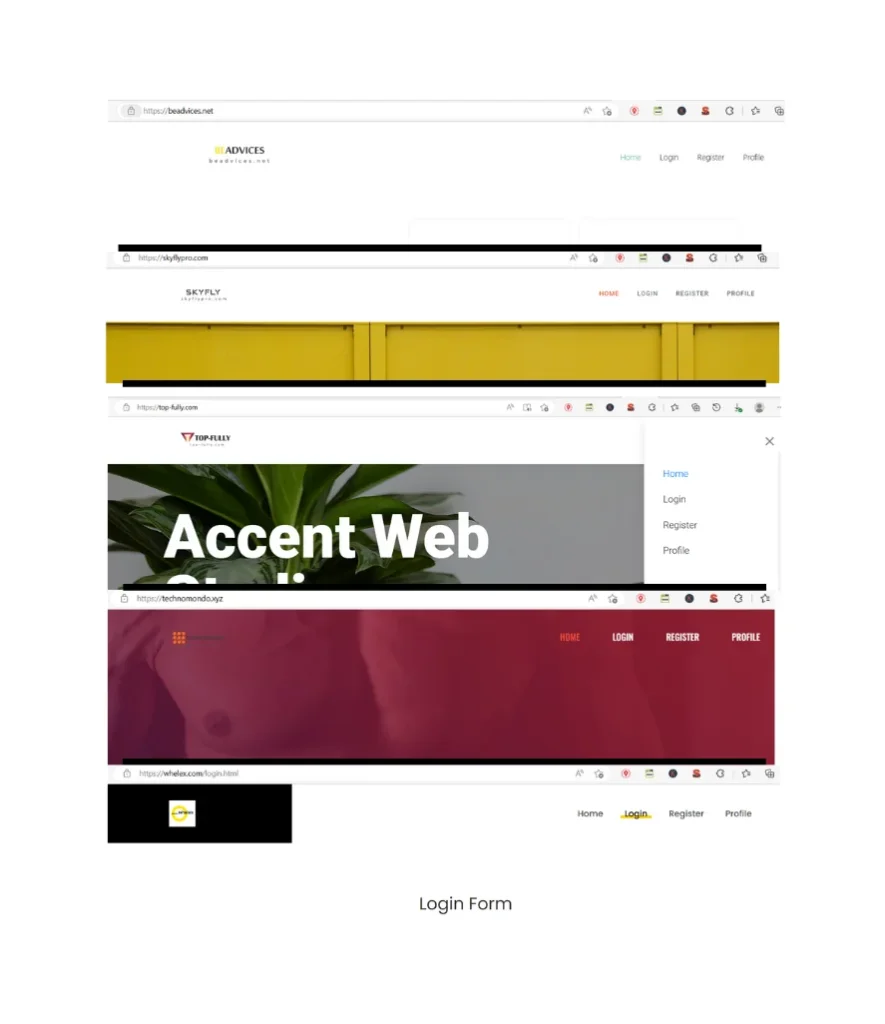
Wrapping up With a Simple Checklist
I showed you some tricks through which you can spot a PBN. To sum up, you need to check for the following:
Make sure that you mark a particular domain as part of the PBN only when most of these items in the list fail your checks. In isolation, a particular check may not conform to the characteristics of a typical private blog network.
Identifying Sneaky/Advanced PBNs
If you have some performing sites and link them with each other, you have also unintentionally created a PBN. But you do need to worry since you aim not to manipulate search rankings and use sneaky tactics.
However, it is worth noting that motivated individuals and organizations work hard to create quality content, using tactics to hide hosting, IPs, domains, and other variables mentioned above.
In this case, it becomes a lot harder to identify hidden PBNs without a significant footprint and track them for your site. The identifying factors now become subjective, and you must dig deeper.
If you think you have been linked to a PBN, you should explore every referring domain to your site. When you explore, you may connect the dots, and this may help you identify PBNs that have been built sneakily.
Connecting the dots means finding patterns that a particular referring domain is a part of a network.
Since there are many domains in a PBN, you may see some websites that have not been given much attention.
If you find a lot of stale content, websites that have not been updated for some time, broken links, old WordPress themes, and old tech that has not been updated, you may be on to something there.
Since PBNs may also be well regularly maintained, you may find other unusual things. Such as a particular time at which a certain number of articles are posted on some of the websites linked to each other.
This may be a sign that the website has automated content scheduling. The content topics are very broad and probably written by an AI.
And so on…
Important Notes:
- WHOIS information lookup should not be a deciding factor when taking backlinks. Many domains allow people to hide their identities for purposes other than making PBNs.
While it is true that PBN owners would not ideally put up their information online, this should not be equated with every person who is trying to protect their privacy by using disguised WHOIS information.
Even if you take into consideration the other checks mentioned here, many people use proxies to prevent spam and keep their personal details private. - It is a common practice of domains in PBNs to allow free guest posting. This helps them fill their website with primarily original content and helps their website look natural. So, if you get a free author account to post as many guest posts as possible or get a PBN sites list from LinkedIn or email, beware of the link.
- Black Hat SEOs often do not buy separate domains to create a PBN. They easily do it on BlogSpot, Wix, Google Sites, or other blogging sites. The number of sites required to create a PBN with these sites is generally high.
Also, they may not focus on any PBN SEO. So, if you see a surprising number of BlogSpot pages linked to a domain, you may have been linked to a PBN. - Many webmasters convert their old, non-traffic-generating websites into PBNs. On the look of it, these blogs will have good stats but would have nonperforming & stale content.
You need to do good research before acquiring any backlinks. One way to identify them is by looking at the site design. They will generally be outdated, with lots of stale content and fewer new entries.
Did you like this post? Here is Some More:
- Difficulty in ideating your following content? Read my post on working methods for finding blog topics.
- If you already have a post and are looking for ways to optimize it to the next level, read my post on auditing and optimizing existing content with SEO.
- Have you ever encountered the message “No information is available for this page. Learn Why?“ Read the reasons for this description and possible solutions.
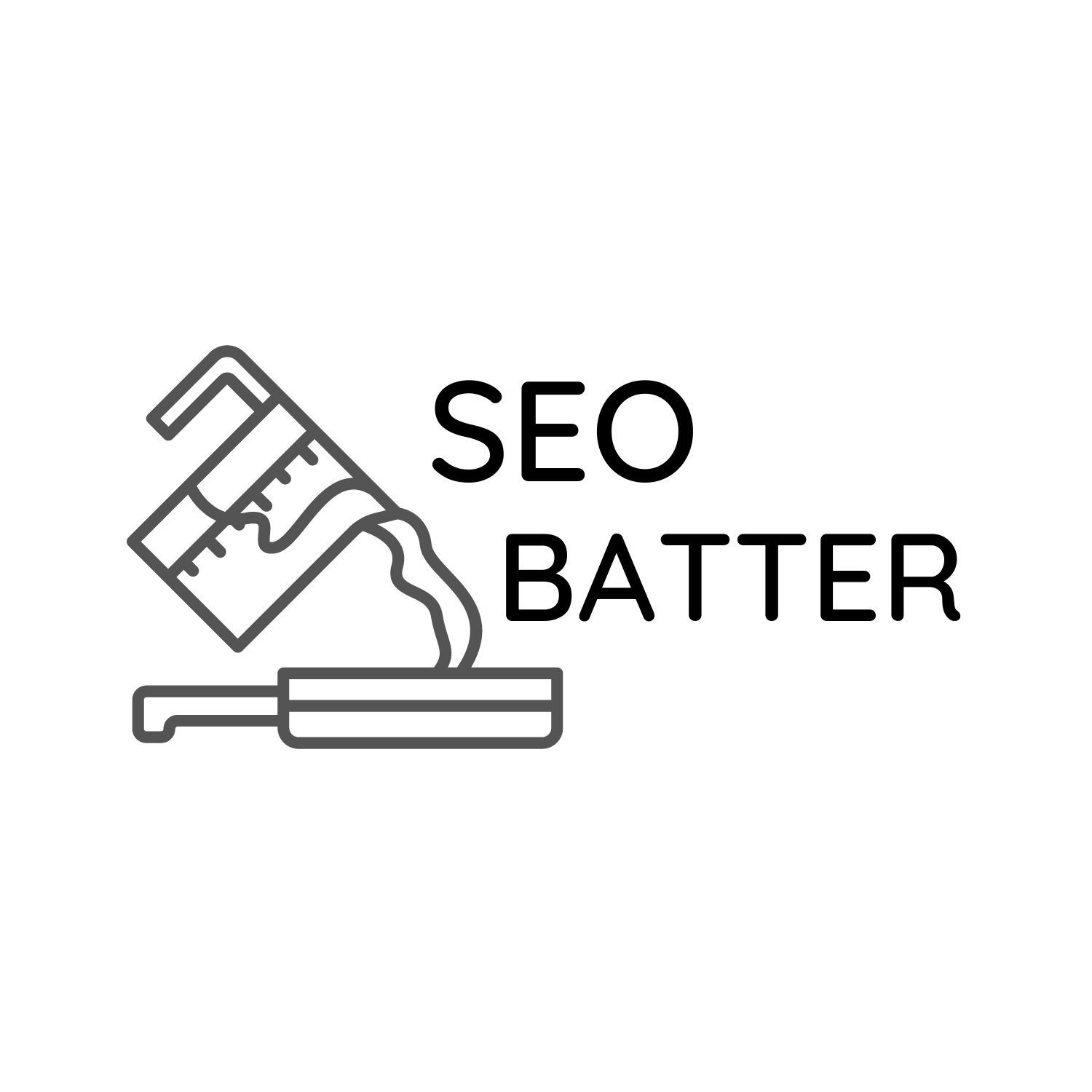
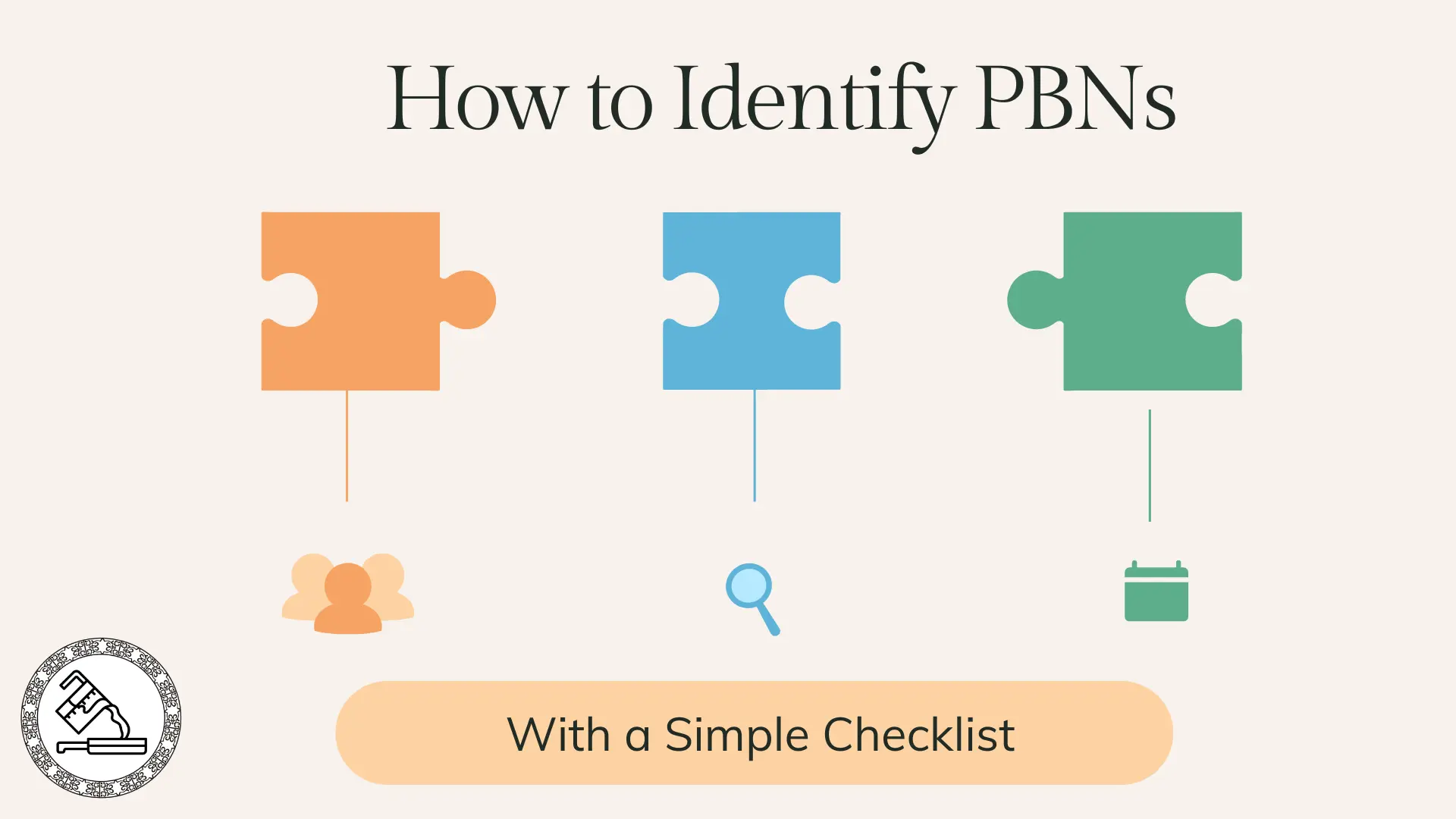

Great post… Thanks for sharing the screenshots of semrush so that I can do the same analysis of websites that I run.
I often take over client websites where they’ve hired previous help who have used a lot of tactics you’ve discussed. It’s good to be able to pinpoint that and help clean it up.
Glad that you found it helpful Matt ✌🏻